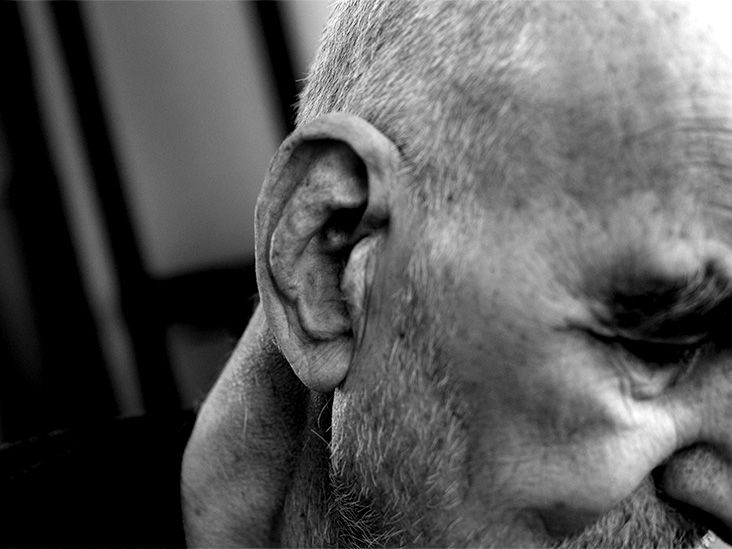A new study, published in Nature, suggests that our craving for sweet tastes can be undone by manipulating neurons. The results may eventually help design new strategies for treating eating disorders.

The brain associates a spectrum of thoughts, feelings, and memories with different tastes.
A new study suggests that these responses exist separately within the brain and can be individually modified or even “erased.”
In previous research, the authors of the current
They found that specialized cells on the tongue send signals to different regions of the brain when they encounter each of the five tastes — sweet, bitter, salty, sour, or umami. These responses enable the brain to identify the taste and trigger relevant behaviors.
“When our brain senses a taste, it not only identifies its quality, it choreographs a wonderful symphony of neuronal signals that link that experience to its context, hedonic value, memories, emotions, and the other senses, to produce a coherent response,” says Charles S. Zuker, the paper’s senior author.
For their most recent study, Zuker and colleagues focused on the amygdala; this part of the brain is involved when we make judgments about sensory information, including information about taste.
In the study, the team experimented with artificially activating the sweet and bitter brain connections in mice.
They found that when the brain connections for sweet taste were turned on, the mice would react to water like it was sugar. They also discovered that it was possible to manipulate brain connections in a way that made the mice interpret sweet-tasting foods as bitter and vice versa.
“Our earlier work revealed a clear divide between the sweet and bitter regions of the taste cortex. This new study showed that same division continued all the way into the amygdala.”
First author Li Wang
Wang continues, “This segregation between sweet and bitter regions in both the taste cortex and amygdala meant we could independently manipulate these brain regions and monitor any resulting changes in behavior.”
Interestingly, when the team “switched off” the amygdala connections without manipulating the taste cortex, they found that the animals were still able to identify tastes correctly but seemed to no longer attach taste to emotional responses. For instance, the mice would express no preference for sweet food and would not avoid bitter-tasting food.
“It would be like taking a bite of your favorite chocolate cake but not deriving any enjoyment from doing so,” Wang says. “After a few bites, you may stop eating, whereas otherwise, you would have scarfed it down.”
Because the research suggests that the pleasure of eating food can be separated from the act of feeding and manipulated, the results could be significant when developing future treatments for eating disorders.
Zuker and Wang are now researching how other brain regions might affect the taste system, including those involved in learning, memory, and coordinating motor actions.
“Our goal is to piece together how those regions add meaning and context to taste,” says Wang. “We hope our investigations will help to decipher how the brain processes sensory information and brings richness to our sensory experiences.”

